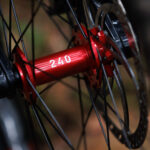Life Cycles was kind enough to let me take over one of their shop stands recently to play with one of their new Specialized “6Fattie” bikes. We thought it would be interesting to see how the bike behaved on our TR38 rims compared to the stock Roval rims. The Rovals happened to have a 29mm internal width versus our 31mm. I am not sure what the ideal width for the ‘new’ breed of 2.8-3.0″ tires is, and I have seen quite a few different widths on the Specialized Fattie bikes, but after installing the 3.0″ tires, I’d say they looked the part!
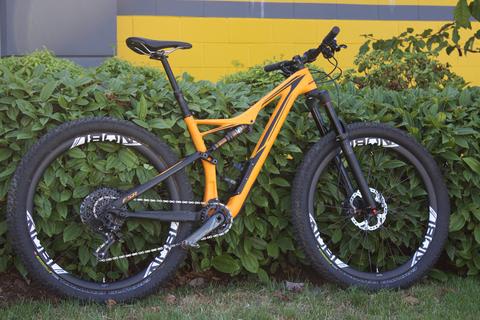
The Build:
Black Industry 9 Torch hubs, 142×12 rear, 100×15 front, 28h front and rear, DT Competition Race Rear spokes with super light bladed spokes up front, and the Squorx alloy nipples. Setup tubeless with our 18mm black tape and some long tubeless valves.
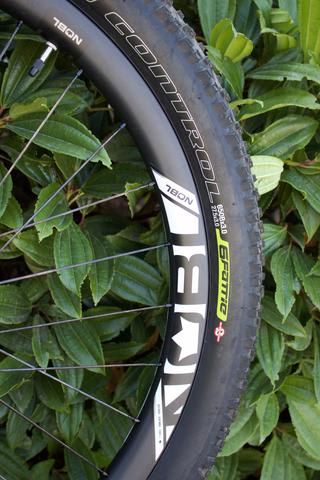
Setup:
The Specialized Ground Control 3.0″ tires with Control casing felt a lot lighter than I expected and I was easily able to install the tires by hand with no levers required. They set up tubeless with a floor pump with minimal effort and seemed to “pop” in place at about 20 psi. Given the size, we opted to bring them up to 30psi for good measure, and then bring them down to optimal pressure after a few hours.
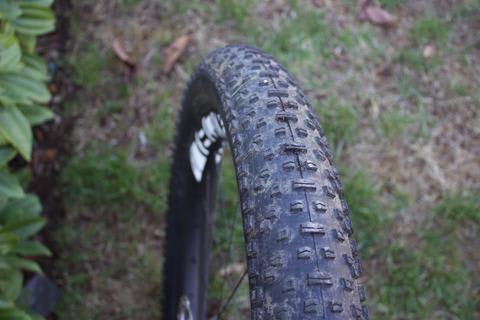
Tire Clearance:
It seems like clearance is the name of the game for the plus sized tires. Some might find it hard to justify a purpose-built plus bike and favour more of a frankenbike creation. This particular bike used a stock Pike 29″ fork with 100x15mm axle for example. Add your NOBL 27.5 wheel and some monster tires and there you go – instant plus bike. Okay well maybe it’s not always that simple! The tire choice, rim width, and even the terrain you ride in are all going to come into play here. For example, 4mm of clearance works okay in the Summer, but if you’re riding in muddy conditions you could be in for some suffering.
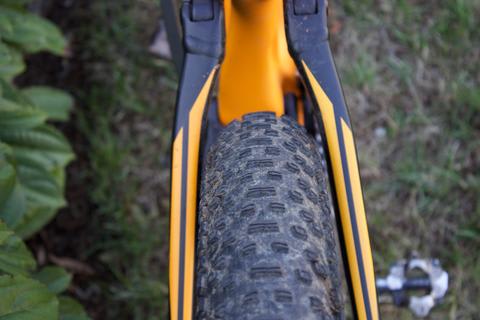
Closing Thoughts:
It will be interesting to see what comes of these plus bikes. They make fantastic night ride bikes in the so-called “off season” due to their seemingly infinite traction and increased comfort. I could see a lot of consumers measuring up their rear triangles (especially 29er hardtails) and seeing if 650+ is in the cards. Will plus bikes stick around and gain some of the market share currently occupied by full blown fat bikes? They aren’t super Strava friendly, but they feel more akin to a traditional mountain bike than a fat bike which could peak some riders interest. We’re looking forward to feedback on the difference our wheels made on the bike and will report back.

